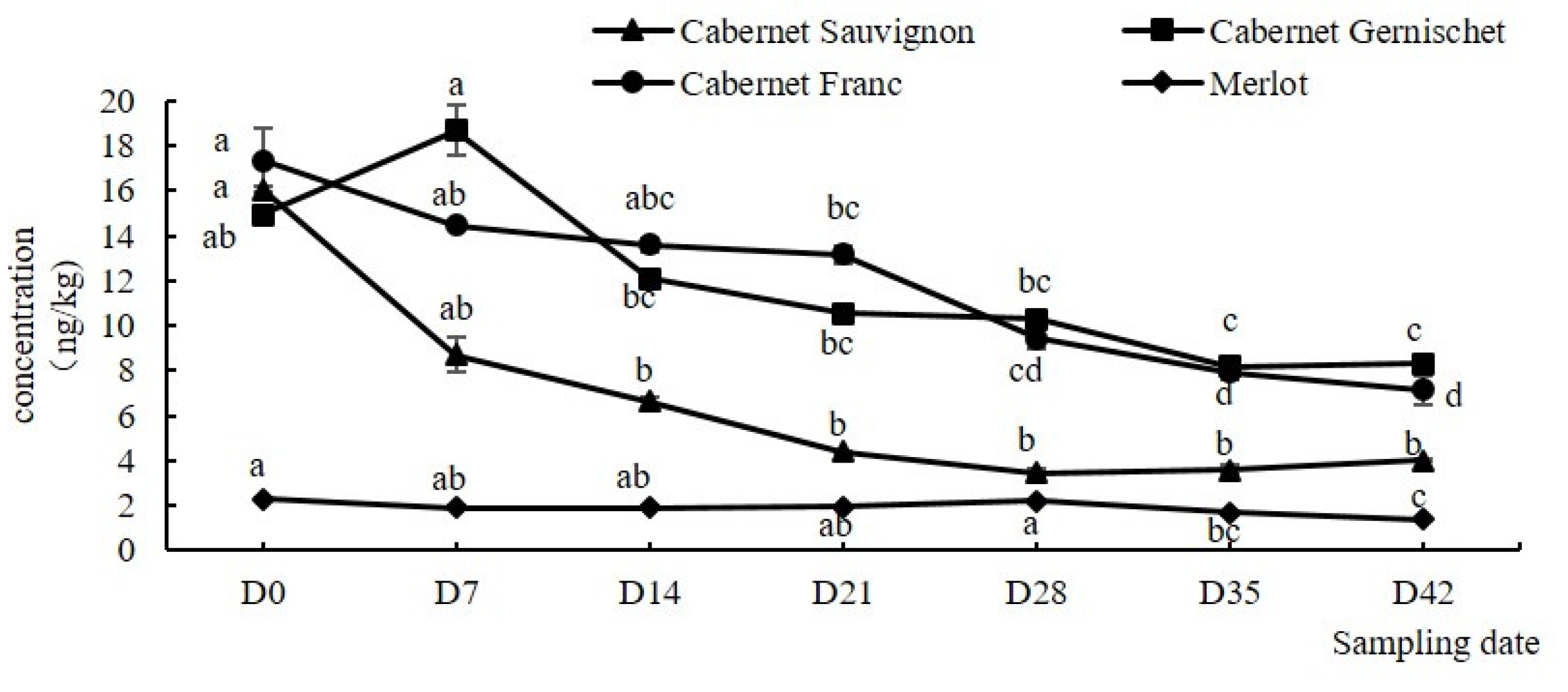
GRAPE VARIETY AMADINE SKIN
Delphinin-3,5-diglucoside accounted for more than 65 % of the monomeric anthocyanins present in Frontenac grapes responsible for the blue-dark skin color (Burtch and Mansfield 2016).įrontenac grapes have an aroma profile dominated by hexanal, acetic acid, beta-damascenone (Pedneault et al., 2013) and with floral, banana, fruity and strawberry flavors (Rice et al., 2019).īurtch, C., & Mansfield, A.
GRAPE VARIETY AMADINE FREE
The tartaric acid to malic acid ratio was between 0.38 and 0.51 in 2016.įrontenac grapes are usually high in acidity, low in tannins (less than 0.3 mg/berry in seeds and much lower in skins as reported by Rice et al., 2017) and with a concentration of free anthocyanins varying between 272 mg/L and 6,000 mg/L (Scharfetter et al., 2019 and Burtch and Mansfield 2016). In another study from the same group (Riesterer-Lopez et al., 2019), the glucose to fructose ratio of Frontenac grapes at harvest was 1.10 and 1.12 in 20, respectively. In a study from the same authors, the harvest parameters of Frontenac were between 21.2 and 23.8 ☋rix, with a titratable acidity (TA) between 11.9 and 13 g/L tartaric acid equivalent and a pH between 3.35 and 3.46 in 20, respectively. The harvest period is often late September or early October in Minnesota. Berries are small to medium in size, blue and black in color. The cluster weight vary between 130 and 155 g as reported by Wimmer et al., 2018.

Grapevines can be grown in sandy, clay, acidic, dry, or normal soil conditions, and produce medium sized conical clusters that rarely succumb to rot. The yield of Frontenac grapes seems to be higher using the Scott Henry training system compared to the High Cordon and the Vertical Shoot Positioning (Wimmer et al., 2018). Frontenac grapes were originally grown in Minnesota but have had some success as far North as the border in Quebec and is currently found in 33 states in the USA. Vitis riparia grapes can survive winter temperatures as low as -33 ☏. The grapes are dark skinned and are particularly known for their resistance to the cold.

In this newsletter article, Frontenac “noir” commonly called Frontenac is presented. Frontenac grape includes Frontenac “noir”, gris and blanc. This French-American hybrid, also called MN 1047, was created in 1978 by University of Minnesota breeders and introduced in 1996. Frontenac grapes are a crossing made from Landot Noir 4511, and Vitis riparia UMN 89.


 0 kommentar(er)
0 kommentar(er)
